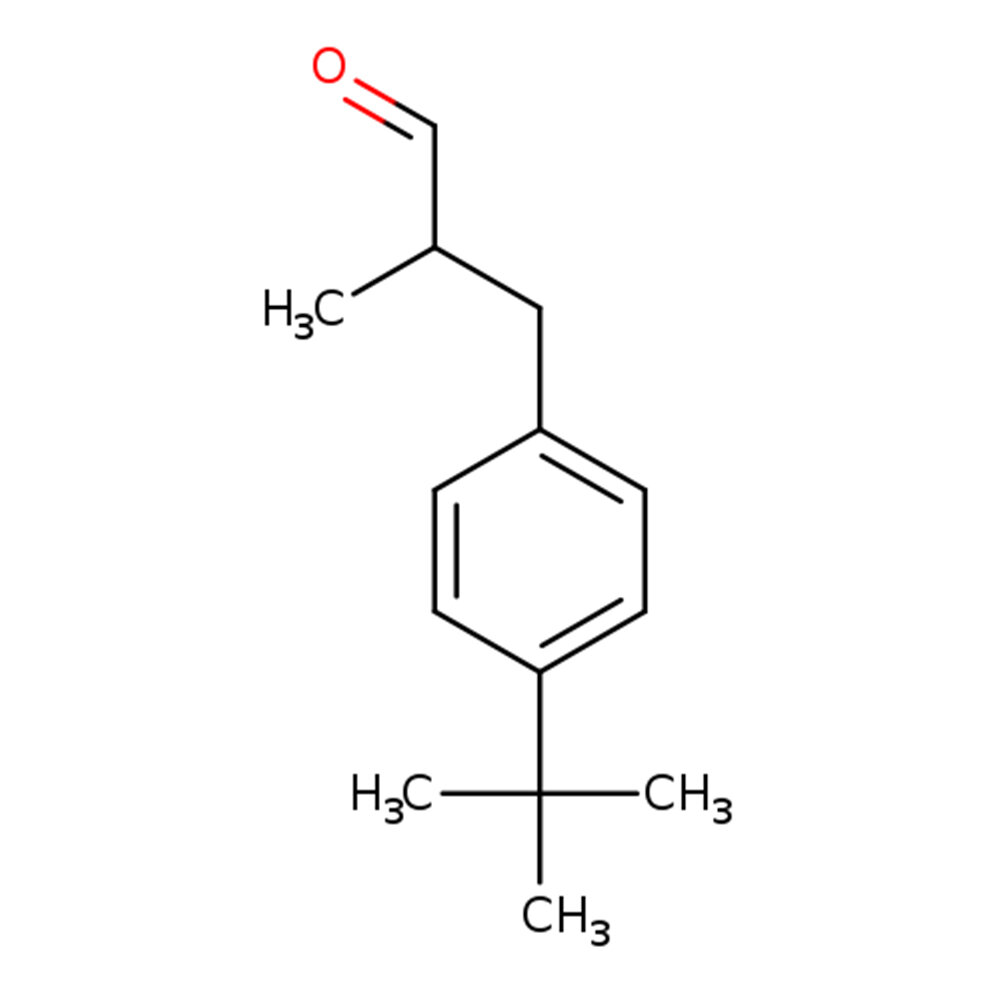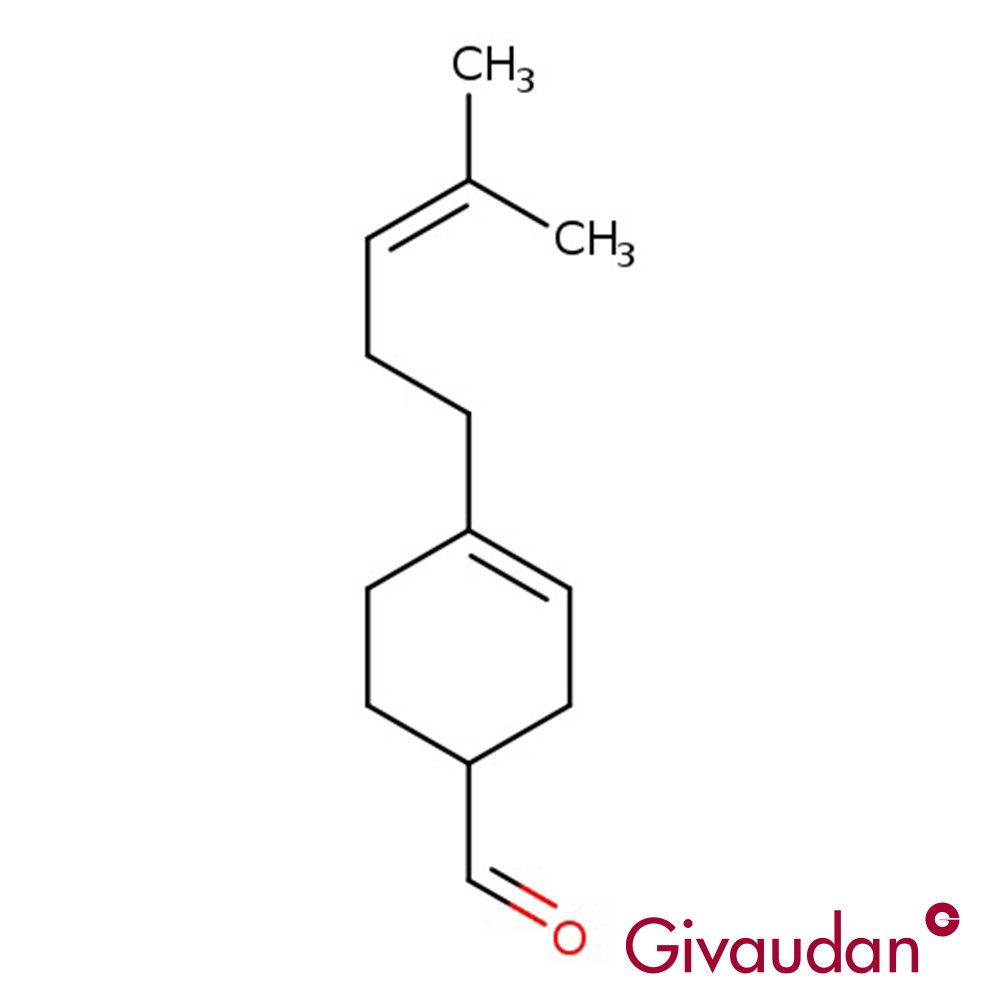Aldehyde C16 EPG (Ethyl Phenyl Glycidate)
Premium Synthetic Ingredient for Perfumery
Aldehyde C-16 EPG (CAS 121-39-1), formally known as Ethyl 3-Phenylglycidate, is a synthetic glycidic ester with a powerful, fruity-floral odor evocative of strawberry jam. Produced by IFF, this compound is part of a class of so-called “strawberry aldehydes,”.
Aldehyde C-16 EPG is prized for its ability to enrich fruity, gourmand, and floral accords with realistic strawberry tonalities and coumarinic depth.It blends synergistically with ionones, hydroxycitronellal, lactones, and woody materials, lending both top note brightness and sweet heart note complexity.
Premium Synthetic Ingredient for Perfumery
Aldehyde C-16 EPG (CAS 121-39-1), formally known as Ethyl 3-Phenylglycidate, is a synthetic glycidic ester with a powerful, fruity-floral odor evocative of strawberry jam. Produced by IFF, this compound is part of a class of so-called “strawberry aldehydes,”.
Aldehyde C-16 EPG is prized for its ability to enrich fruity, gourmand, and floral accords with realistic strawberry tonalities and coumarinic depth.It blends synergistically with ionones, hydroxycitronellal, lactones, and woody materials, lending both top note brightness and sweet heart note complexity.
Premium Synthetic Ingredient for Perfumery
Aldehyde C-16 EPG (CAS 121-39-1), formally known as Ethyl 3-Phenylglycidate, is a synthetic glycidic ester with a powerful, fruity-floral odor evocative of strawberry jam. Produced by IFF, this compound is part of a class of so-called “strawberry aldehydes,”.
Aldehyde C-16 EPG is prized for its ability to enrich fruity, gourmand, and floral accords with realistic strawberry tonalities and coumarinic depth.It blends synergistically with ionones, hydroxycitronellal, lactones, and woody materials, lending both top note brightness and sweet heart note complexity.
Technical Ingredient Overview
🔎 Chemical Name — Ethyl 3-Phenylglycidate
🧪 Synonyms — Aldehyde C-16, Strawberry Aldehyde, Ethyl Phenylglycidate
🧬 Chemical Formula — C₁₁H₁₂O₃
📂 CAS — 121-39-1
📘 FEMA — 2454
⚖️ MW — 192.21 g/mol
📝 Odor Type — Fruity
📈 Odor Strength — Medium to strong
👃🏼 Odor Profile — Intensely sweet, fruity, strawberry-like, floral, slightly balsamic and powdery
⚗️ Uses — Fruity, gourmand and floral-fruity compositions; flavorings
🧴 Appearance — Colorless to pale yellow liquid
What is Aldehyde C16 EPG?
Aldehyde C16 EPG, chemically known as Ethyl 3-Phenylglycidate, is a potent synthetic aroma compound used widely in both perfumery and flavor formulation. Despite its common trade name, it is not a true aldehyde, but rather an epoxide ester that delivers an intensely sweet, strawberry-like aroma. This compound is renowned for its ability to evoke red berries, sugary confections, and ripe fruit pulp, making it a primary ingredient in strawberry and cherry accords, as well as in gourmand creations.
Historical Background
The commercial use of Ethyl 3-Phenylglycidate dates back to the early 20th century, a period characterized by the rise of synthetic fruit esters and glycidates. Although no single perfumery house is credited with its discovery, its widespread inclusion in both flavor and fragrance formulations is well-documented by the 1960s (Arctander, 1969). The misnomer "Aldehyde C16" reflects perfumery tradition rather than chemical accuracy, aligning it with a family of aldehydic-smelling compounds often used to enhance top notes, even though its structure lacks the aldehyde functional group.
This compound gained popularity due to its strong olfactory resemblance to strawberries—a fruit notoriously difficult to represent in perfumery through natural extractions. It also became integral to confectionery-style perfumery in the mid to late 20th century, especially in youth-targeted fragrances and cosmetic-grade products.
Olfactory Profile
Scent Family
Fruity – Gourmand
Main Descriptors
Sweet
Strawberry
Red berry
Floral (powdery rose-like)
Balsamic undertone
Intensity, Tenacity & Volatility
Aldehyde C16 has medium-to-high intensity, with moderate tenacity. While not a fixative, it excels as a top-to-heart enhancer, bringing radiance and mouthwatering appeal to blends. Its volatility is moderate, allowing it to persist longer than typical top notes without overpowering a composition.
Applications in Fine Fragrance
It is typically used in:
Strawberry, raspberry and cherry accords
Gourmand fragrances, especially those mimicking candy, jam, or syrup
Fruity-floral constructions, particularly enhancing rose, jasmine, and ylang-ylang
Youth-oriented scents and playful cosmetic creations
Common pairings include:
Heliotropin (for almond-powdery nuance)
Aldehyde C14 (Peach Aldehyde) and γ-undecalactone (for broadening the fruit accord)
Ethyl maltol, vanillin, and ionones (for deeper gourmand effects)
Performance in Formula
Works effectively at 0.1%–2.0% concentration in fine fragrance
Excellent diffusion, particularly in alcohol-based media
Stable under neutral pH conditions
Compatible with most floral, fruity, and lactonic compounds
Not suitable as a fixative but enhances perceived sweetness and brightness of blends
Industrial & Technical Uses
Aldehyde C16 EPG is extensively employed outside fine fragrance in:
Flavorings: particularly for strawberry, cherry, raspberry, and peach notes in beverages, candy, dairy, and bakery products (FEMA 2454)
Air care: home sprays, candles, diffusers
Personal care: soaps, shampoos, creams with fruity appeal
Oral hygiene: occasional use in flavored toothpastes or mouthwashes
Its ability to evoke an intensely recognizable red fruit character makes it valuable across various consumer product categories where sweetness and fruitiness are central to consumer appeal.
Regulatory & Safety Overview
IFRA Status: ✅ Allowed under IFRA 51st Amendment — not specifically restricted, though typical use levels apply per product class.
FEMA Number: ✅ 2454 – Recognized as GRAS (Generally Recognized As Safe) for food flavoring
GHS Classification: ⚠️
H319 – Causes serious eye irritation
H315 – Causes skin irritation
EU Cosmetics Regulation: ✅ Permitted. Not listed among mandatory allergens in Annex III (EC No 1223/2009)
REACH: Registered under EU REACH; classified as low environmental concern under standard use
Toxicology:
Low acute oral and dermal toxicity
Slight skin and eye irritant at high concentrations
No known carcinogenic or mutagenic effects under standard usage
Additional Informations
Storage: Store tightly sealed in cool, dry, and well-ventilated area. Protect from light and air.
Stability: Good long-term stability in alcohol-based perfumes. Sensitive to strong acids and bases (risk of polymerization).
Handling: Avoid direct skin contact; use gloves and eye protection.
Environmental Fate: Biodegradable; not expected to persist in aquatic systems under typical use concentrations.
References
Arctander, S. (1969). Perfume and Flavor Chemicals (Aroma Chemicals). Montclair, NJ: Self-published.
Sell, C. S. (2014). The Chemistry of Fragrances (2nd ed.). Royal Society of Chemistry.
FEMA. (2023). FEMA GRAS list for Flavor Substances. Flavor and Extract Manufacturers Association of the United States. Retrieved from https://www.femaflavor.org
ECHA. (2024). Substance Information – Ethyl 3-Phenylglycidate (CAS 121-39-1). European Chemicals Agency. https://echa.europa.eu
IFRA. (2023). IFRA Standards Library – 51st Amendment. International Fragrance Association. https://ifrafragrance.org







